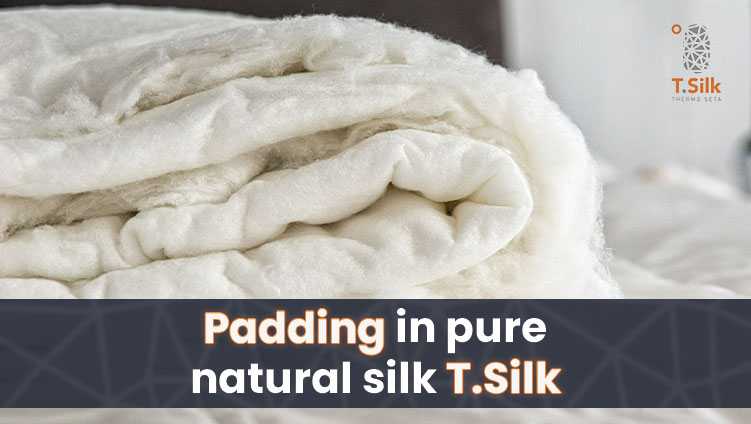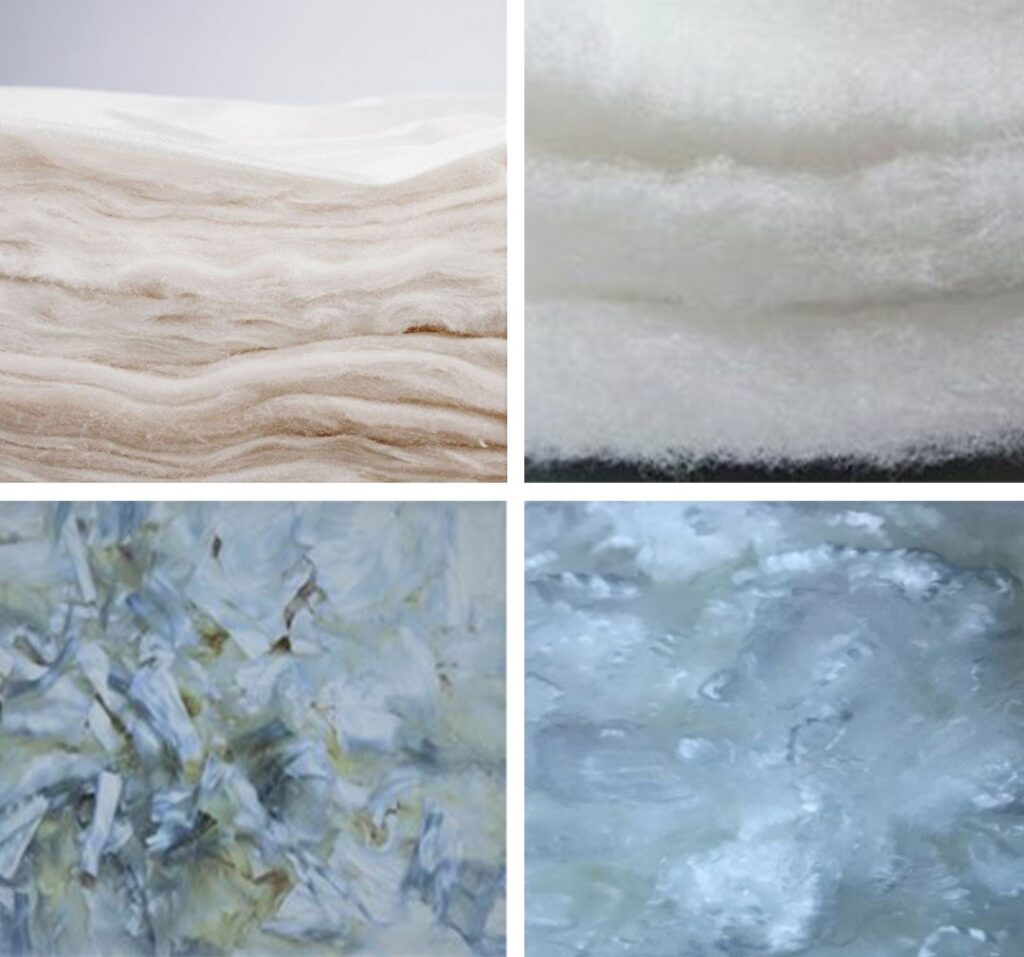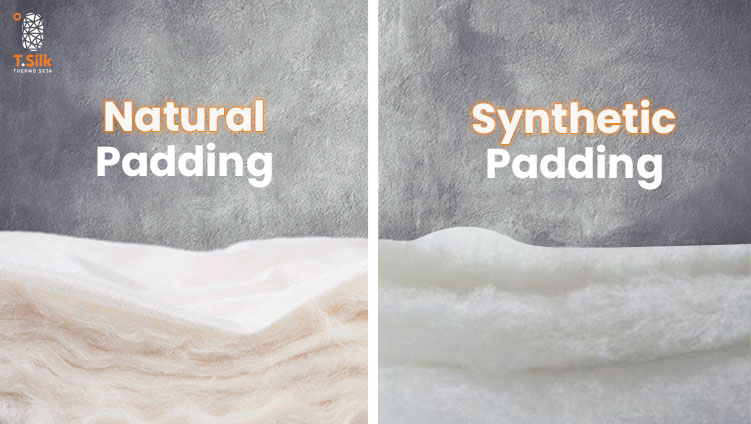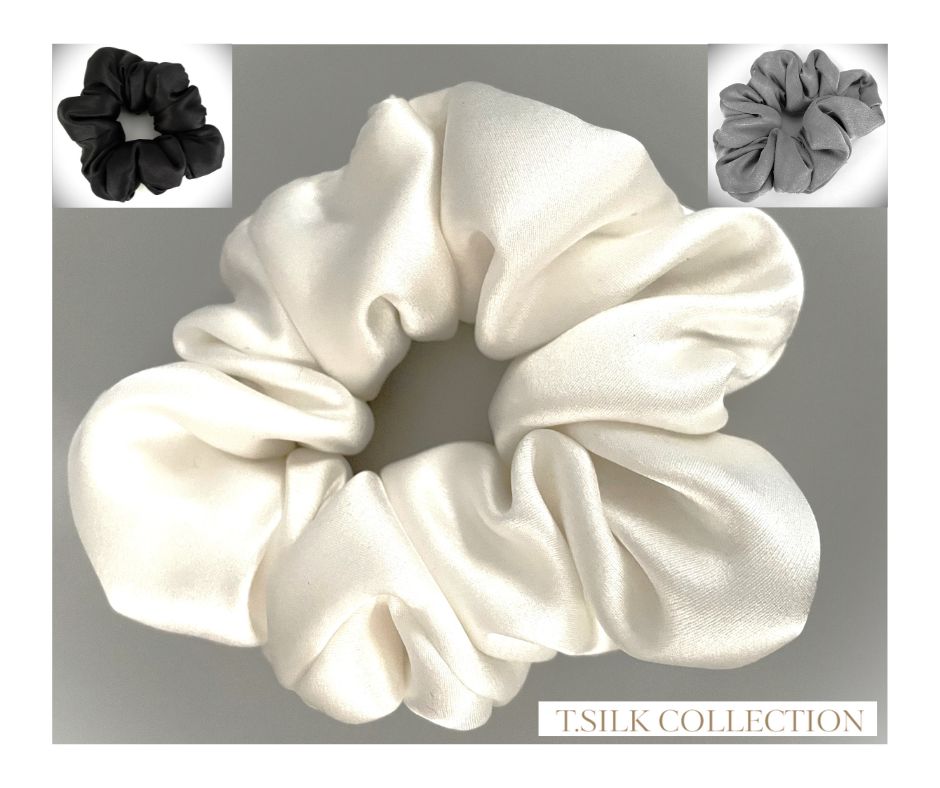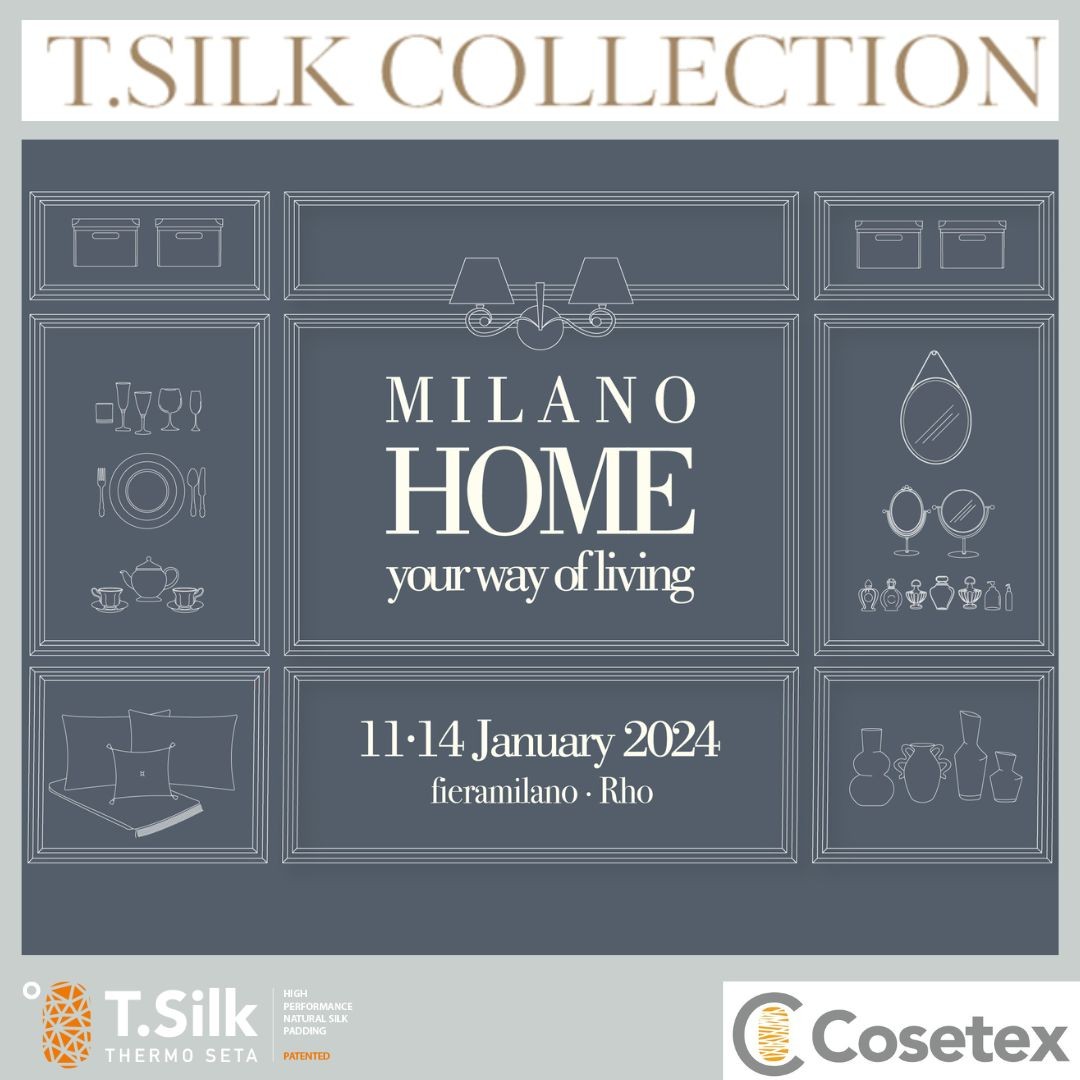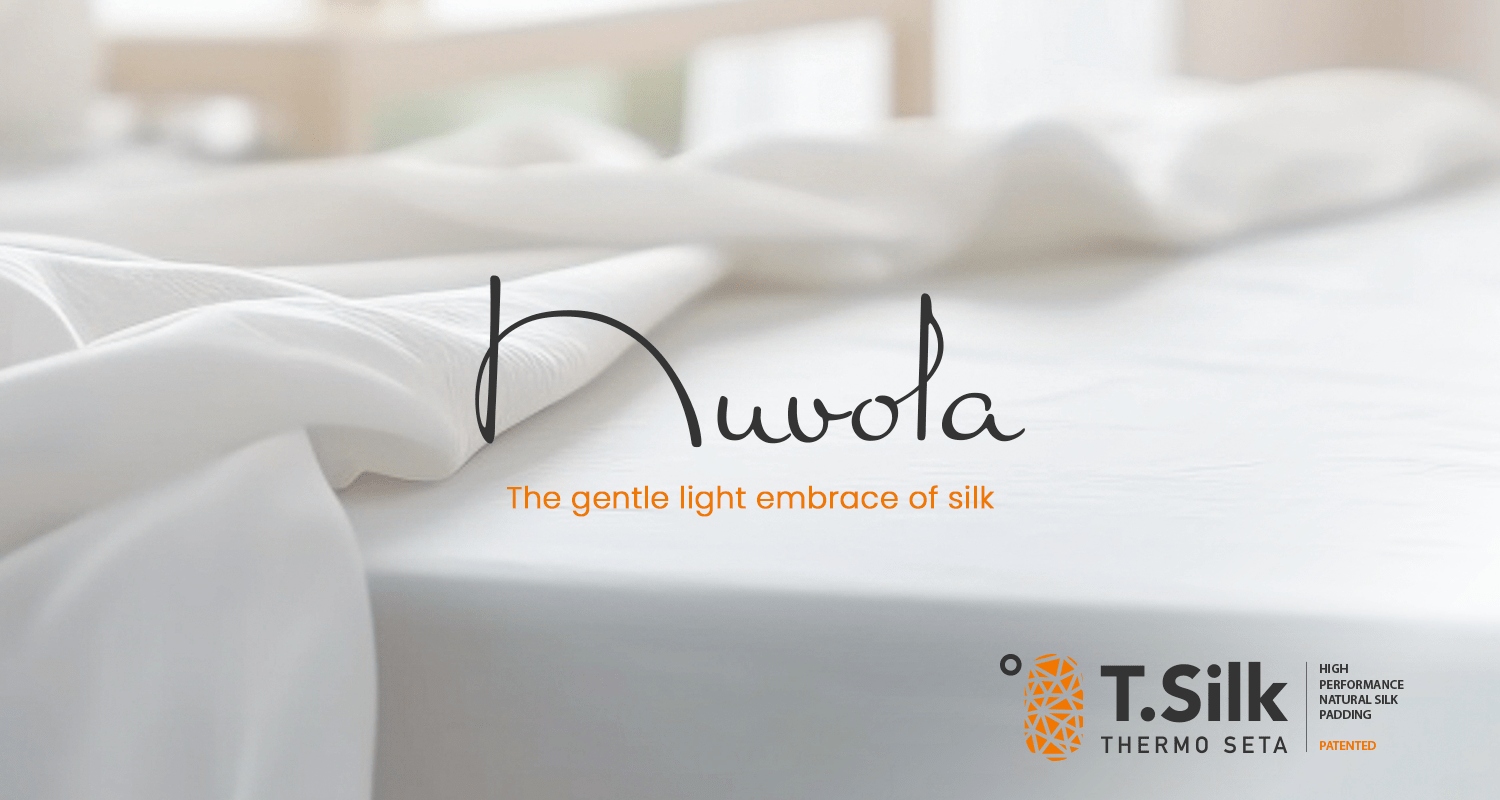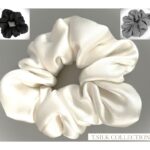T.Silk is the only natural ecological padding made of pure natural silk (100% natural silk fibre). Patented on the basis of the project, T.Silk, created and consolidated in the certainty that silk and only silk is the natural fibre that provides a very high level of performance for padding and filling, thermoregulation, thermal balance, breathability with complete sustainability, ecology, naturalness, and respect for the environment.
Check, ask for news, get information, and demand to know what we are really buying, especially regarding the real compositions of the product.
This is the only weapon available to be able to freely choose ecological and sustainable products, to obtain genuine quality that benefits our health, to buy products that contain authentic natural elements without other undeclared additions. Pure natural silk ecological padding and pure natural silk filling (100% natural silk fibre) and silk padding (51% silk and 49% polyester or other synthetic fibre).
They are absolutely not the same!
